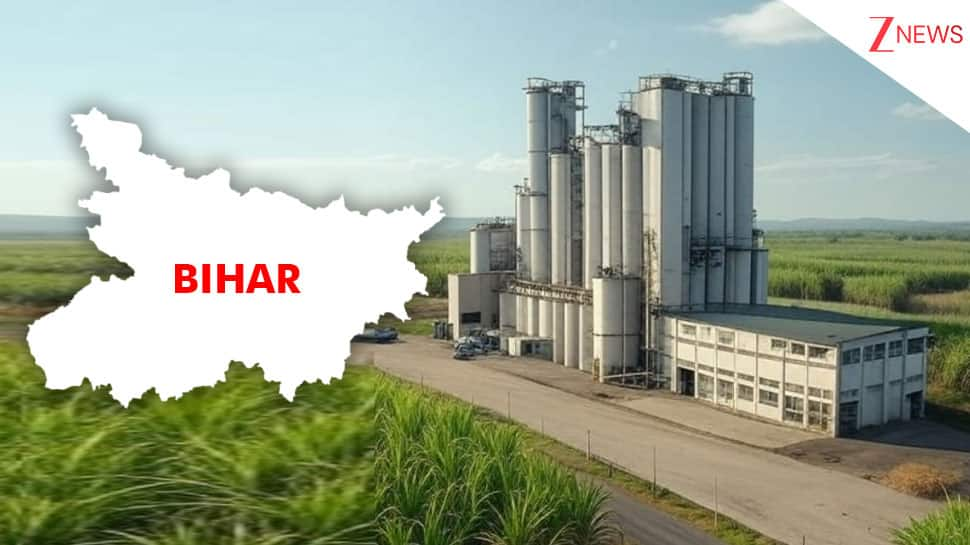As assembly polls approach in Bihar, political debates are intensifying. The ruling NDA government has accused the previous regimes labelling them “Jungle Raj” for deteriorating the state’s industrial landscape. Meanwhile, the opposition continues to target Chief Minister Nitish Kumar’s long tenure. Amidst these debates, an important question arises that once Bihar was the largest producer of sugarcane, contributing over 30 per cent to the country’s total sugar production but today, that share has dropped to less than 6 per cent, according to government data released by the PIB. This decline raises a crucial question how did the state lose its industrial edge in sugar production?
Journey From 30% To 6 %
After the Second World War, prices of raw materials and equipment fell significantly, which initially helped the sugar industry grow. However, an international agreement in 1937 between 21 major sugar-producing countries fixed export quotas and India was banned from exporting sugar for five years. This led to overproduction, especially in Bihar, since the state was one of the biggest producers of sugarcane around 1942 which led to the shutdown of the sugar mills.
According to the media reports, in the late 1960s, tensions rose between private mill owners and the government. The owners wanted more control over the industry and adopted policies to reduce government interference. In response, the central government formed a sugar monitoring committee in 1972, which recommended that the government acquire sugar mills to revive the sector.
Following this advice, the Bihar government started acquiring mills. Between 1977 and 1985, it took over 15 sugar mills. In 1974, the Bihar State Sugar Corporation Limited was established to manage these mills and reduce losses. However, the situation did not improve. The mills struggled due to falling sugar prices and rising input costs and later, one by one, the mills began to shut down.
By 1996-97, most of the government-run mills had closed. They owed Rs 8.84 crore to farmers and Rs 300 crore to employees. With the industry in decline, sugarcane cultivation drastically reduced and was replaced by wheat farming in many areas. By the late 1990s, sugarcane farming had almost disappeared from Bihar.
Push To Revive Sugar Industry
Recently, the Modi government inaugurated and laid the foundation stone for various Central and State Government projects worth over Rs 800 crore in Bihar’s Patna. During the inauguration event in March 2025, Union Minister Amit Shah stated that the government is committed to reviving the closed sugar mills in the state. He assured that the Modi administration is focused on restoring Bihar’s industrial strength, particularly in the sugar sector.
#Bihar #Polls #Thriving #Sugar #Mills #Vanished #State
2025 Bihar Assembly elections, Bihar Sugar Mills,2025 Bihar Assembly elections, Bihar Sugar Mills
latest news today, news today, breaking news, latest news today, english news, internet news, top news, oxbig, oxbig news, oxbig news network, oxbig news today, news by oxbig, oxbig media, oxbig network, oxbig news media
HINDI NEWS
News Source


